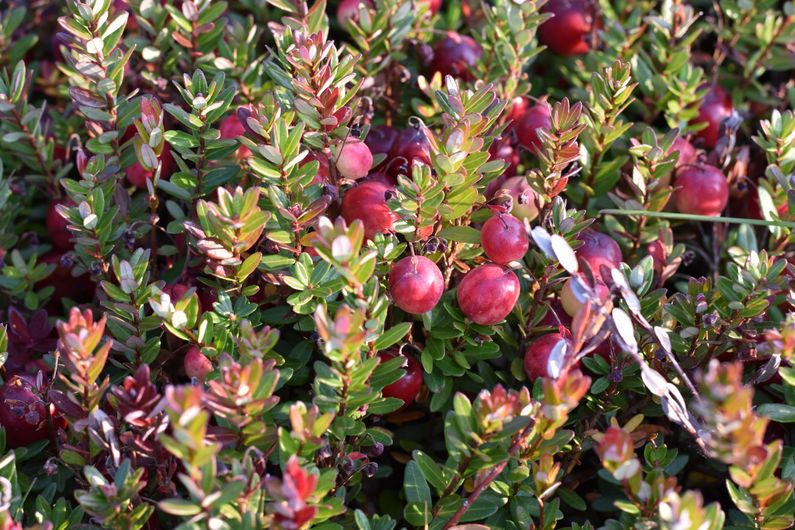Fungi-cranberry partnership has unsuspected potential
- UdeMNouvelles
12/20/2023
- Béatrice St-Cyr-Leroux
You'll be surprised to learn how much zing a root fungus can add to a favourite seasonal berry.
At many winter holiday tables, cranberries have pride of place as an accompaniment to roast turkey and an ingredient in sparkling cocktails.
This tart little berry is a big part of our seasonal cuisine here in Quebec, and for good reason: in any given year, we're either the second or third largest producer of cranberries in the world.
And scientists at Université de Montréal may have found a natural way to boost production.
In an article in the Journal of Fungi, Bhagya C. Thimmappa, a Ph.D. candidate in the Department of Biochemistry and Molecular Medicine, reported finding that a microbial fungus called Endophytic Champignon 4 (EC4) that colonizes the interior and exterior of cranberry plant roots also promotes the growth of both roots and shoots.
Her research was supervised by professor Gertraud Burger. The microbe was isolated by a team headed by Burger's colleague Franz B. Lang.
Solubilizing the insoluble
“Cranberry plants typically grow in acidic, nutrient-poor soil,” Thimmappa said. “We wondered how it was they can thrive in such conditions, and found that EC4 not only allows plants to absorb nutrients, it solubilizes normally insoluble—and therefore inaccessible—nutrients.”
In her study, Thimmappa sequenced the EC4 genome to investigate its fertilizing potential at the molecular level. The sequencing revealed a large number of genes involved in nitrogen, phosphorus and potassium nutrition, as well as in the production of growth hormones. Greenhouse testing of cultivated plants confirmed that EC4 stimulated their growth.
Thimmappa’s discovery that EC4 serves as a biofertilizer could lead to more sustainable cranberry farming. “Consumers and farmers are increasingly interested in finding alternatives to chemicals that have harmful environmental impacts,” she said. “And EC4 is a promising green option.”
Her team is now collaborating with a variety of Quebec companies to field test the potential of EC4 in natural environments.














